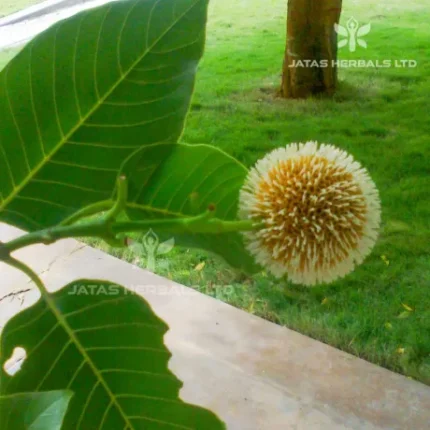Paribhadra is not described by Caraka. Sushruta and Vagbhata have mentioned it several times in their texts. This tree is botanically identified with E. indica. Another variety E. suberosa Roxb. Is considered as Kantaki Palasa or Rohita
ka.
Botanical Description – It is tree growing upto 10m and possessing red flowers. It is found in most parts of India.
Major Chemical Constituents– Seeds- Erythraline, erysovine. Bark- Erythrinins A, B, C; erysotine, erythratidine, epierythratidine etc. Flowers- Erythrartine. Leaves- Erybidine.
Part Used– Stem bark, leaf.
Dosage– Decoction 50-100 ml; fresh juice 10-20 ml.
Research–
(1) Total alkaloiodal fraction from bark caused smooth muscle relaxation of isolated rabbit ileum and inhibited spontaneous rhythmic contraction of isolated rat uterus in the concentration of 0.5-2.0 mg/ml. These alkaloids showed CNS depressant and anticonvulsant action and may be clinically useful as muscle relaxants and as sedatives (J. Res. Ind. Med. 1971, 6, 235).
(2) Total alkaloid fraction from bark showed neuromuscular blocking, smooth muscle relaxant, CNS depressant and anti-convulsant effects (J. Pharm. Sci. 1972, 61, 1274).





Reviews
There are no reviews yet.